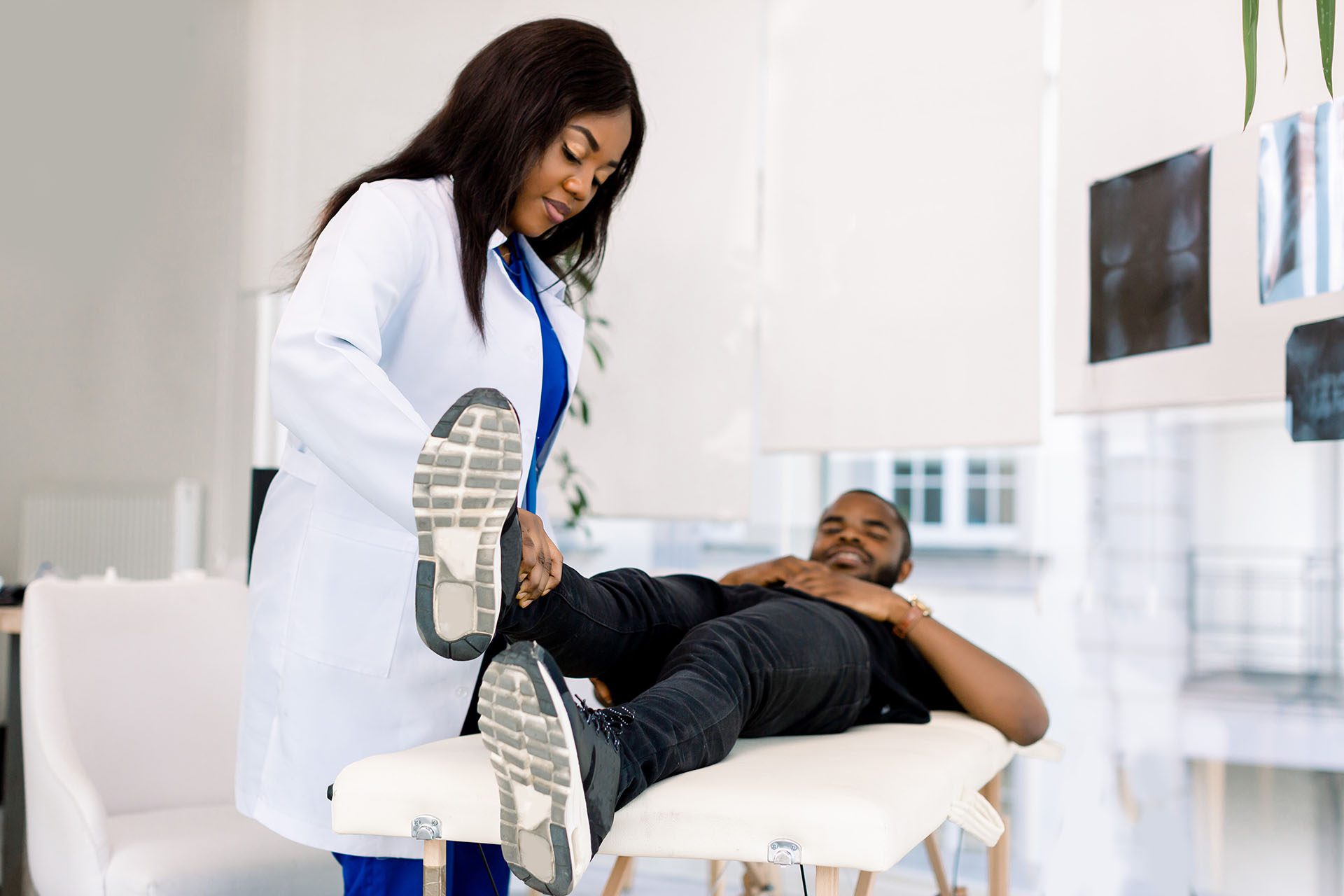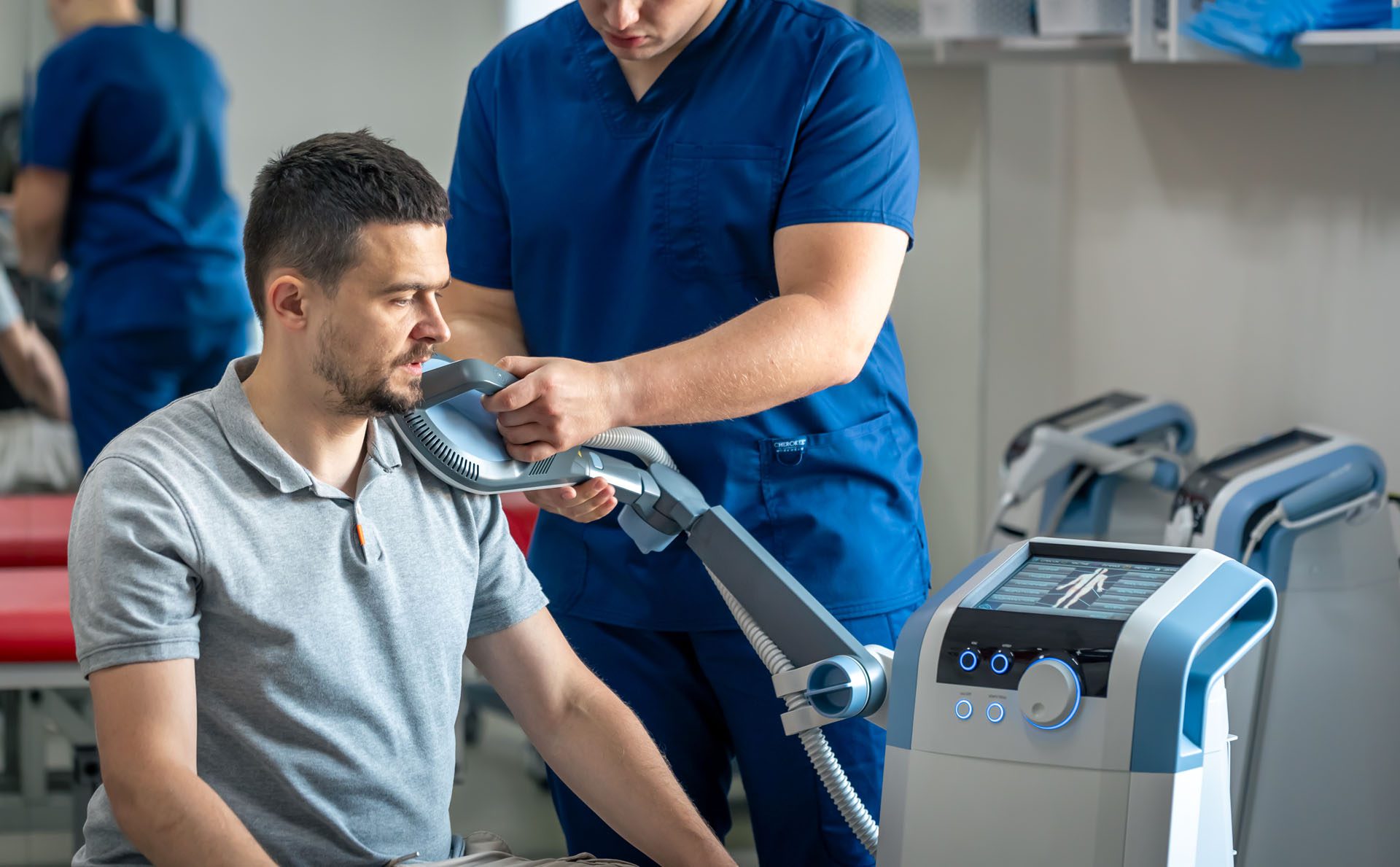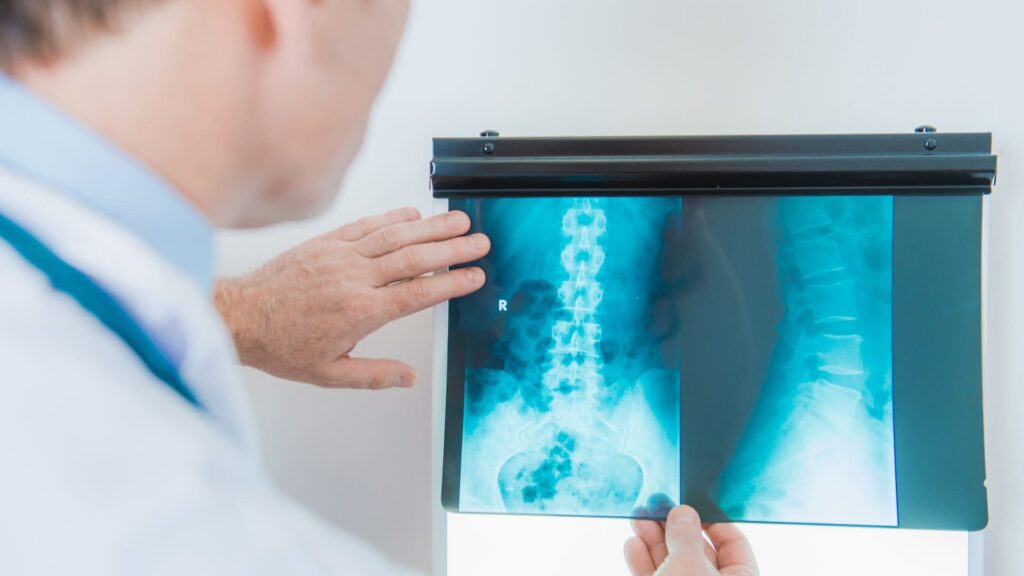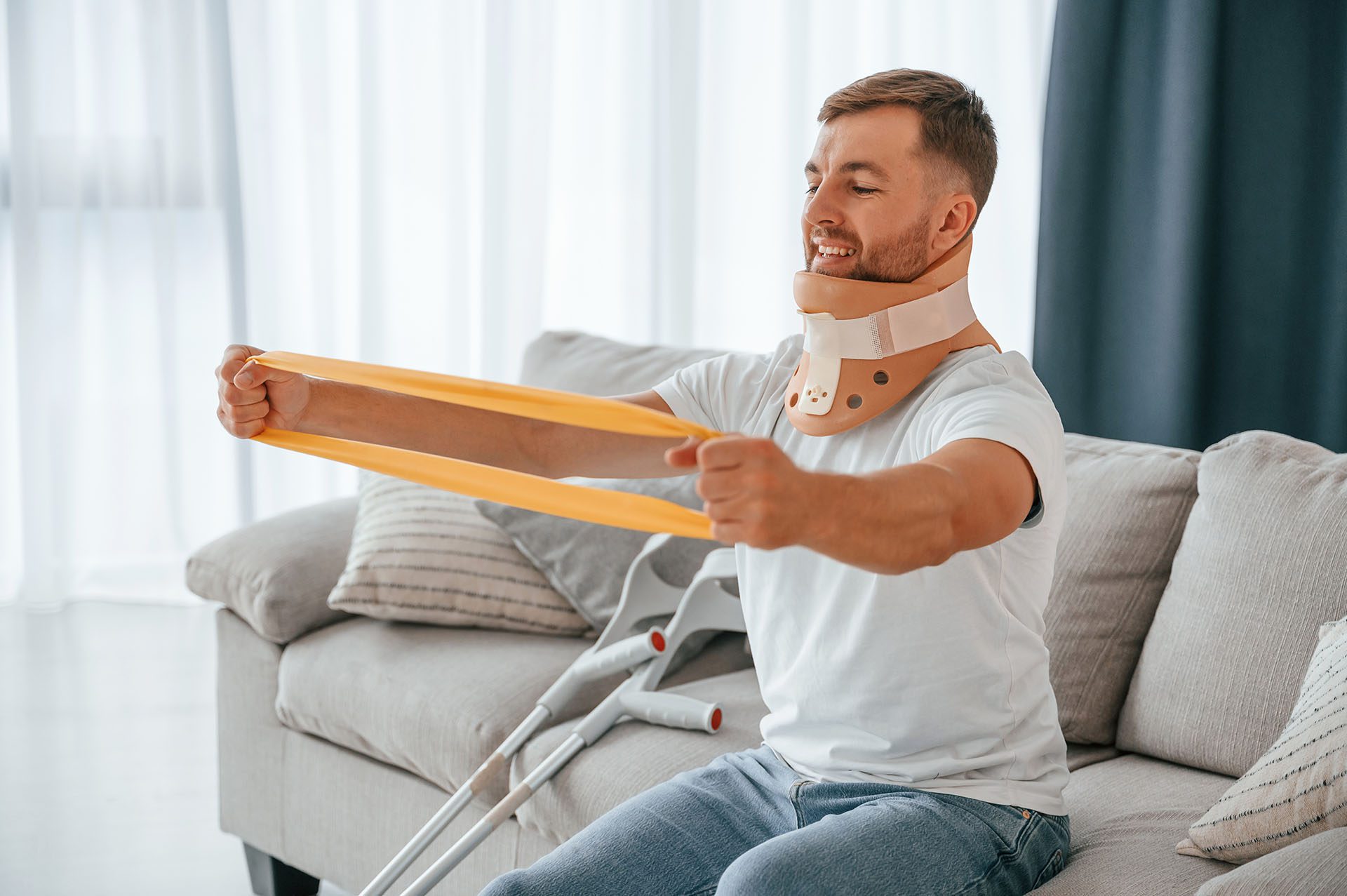ChiroMed Holistic Stress Relief Enhances Wellness

Emotional Driving: Risks and Solutions with ChiroMed’s Holistic Care in El Paso, TX
Driving is a daily necessity for many in El Paso, TX, whether commuting through bustling streets or heading to the scenic outskirts. However, strong emotions like anger, sadness, or stress can turn a routine drive into a dangerous one. This is known as emotional driving, where feelings impair focus and decision-making, increasing crash risks. At ChiroMed – Integrated Medicine Holistic Healthcare, we understand how emotions affect both mind and body, and we offer solutions to help drivers stay safe.
Emotional driving is a form of distracted driving, pulling attention from the road to internal struggles. It’s dangerous because it slows down reactions and leads to impulsive actions, such as speeding or swerving. Studies show emotional drivers are up to ten times more likely to crash (Pfeifer Morgan & Stesiak, 2023). In a vibrant city like El Paso, with its busy traffic, these risks are even more significant.
ChiroMed, located in the heart of El Paso, combines chiropractic care, nurse practitioner services, acupuncture, and more to address the physical and mental effects of emotional stress. Led by Dr. Alexander Jimenez, DC, APRN, FNP-BC, our clinic helps patients recover from injuries and build resilience to prevent emotional driving mishaps. This article explores emotional driving, its dangers, and how ChiroMed’s integrative approach promotes safer roads and better health.
Understanding Emotional Driving
Emotional driving occurs when intense emotions—such as anger from a work dispute, sadness from personal loss, or even excitement from good news—take over while you’re behind the wheel. These feelings shift focus from driving tasks, like watching for pedestrians or braking in time, to internal thoughts. At ChiroMed, we see how this impacts El Paso drivers daily.
Driving demands sharp attention and quick reflexes. Emotions disrupt this, triggering the body’s stress response. Hormones like cortisol flood the system, clouding judgment (LawyerDon, 2023). For example, an angry driver might tailgate, while a grieving one could miss a stop sign due to tears. Both scenarios heighten crash risks.
In El Paso, heavy traffic on I-10 or Loop 375 can amplify stress. A fight with a loved one or a tight deadline might prompt you to drive emotionally. As Dr. Jimenez notes, “Stress tightens the body, which clouds the mind” (Jimenez, n.d.a). Recognizing signs—like a racing heart or gripping the wheel too hard—helps. ChiroMed teaches patients to pause, breathe, and refocus before driving.
Why Emotional Driving Is Dangerous
Emotional driving is a major safety hazard. It reduces attention, slows reaction times, and sparks reckless behavior. In El Paso, where roads are busy, these effects can lead to serious accidents.
When emotions take hold, you experience tunnel vision, missing side hazards like merging cars (Car Accident Help, 2023). Reaction times drop significantly—braking that normally takes a second can take two or more. Data shows emotionally distracted drivers face a tenfold crash risk (Car Accident Help, 2023).
Impulsivity is another issue. Road rage might lead to cutting off others or speeding through lights. Sadness can cause slow driving or lane drifting, confusing other drivers (LawyerDon, 2023). Nationally, distracted driving, including emotional causes, contributes to over 11 million crashes annually, with costs in medical bills, lost wages, and trauma (Dermer Law Firm, n.d.).
At ChiroMed, we treat crash victims with injuries like whiplash from emotional driving accidents. These incidents don’t just harm the driver—they affect families, commuters, and communities. Addressing emotional triggers is key to safer El Paso roads.
Physical Impact of Emotions on Drivers
Emotions don’t just cloud the mind—they stress the body, making driving harder. At ChiroMed, we see how anger or sadness causes physical changes that impair safe driving.
When stressed, the brain’s amygdala triggers the release of adrenaline and cortisol, which speeds up your heart rate and tightens your muscles (Pfeifer, Morgan, & Stesiak, 2023). This “fight or flight” response clouds logical thinking, making it difficult to judge distances or speeds. Tense shoulders and necks from gripping the wheel cause pain, while crying blurs vision (Pfeifer, Morgan, & Stesiak, 2023).
Chronic emotional stress, common in El Paso’s fast-paced life, worsens health. It disrupts sleep, spikes blood pressure, and weakens the immune system (Genesis Medical, n.d.). These effects create a cycle: Poor rest fuels emotional instability, increasing driving risks. In accidents, a tense body is more injury-prone, leading to worse outcomes like chronic pain.
ChiroMed’s integrative approach targets these physical effects, using chiropractic adjustments and acupuncture to relieve tension and restore balance, helping drivers stay calm and focused.
Chiropractic Care at ChiroMed for Emotional Stress
Chiropractic care is a cornerstone of ChiroMed’s approach to managing emotional stress. Our El Paso clinic uses spinal adjustments to correct misalignments, or subluxations, caused by stress. These misalignments pinch nerves, amplifying tension and anxiety (Denver Chiropractic, n.d.).
Adjustments realign the spine, freeing nerves and improving blood flow. This reduces muscle tightness and boosts endorphins, calming the nervous system (RTOR, 2019). Studies show chiropractic care lowers blood pressure and anxiety, similar to meditation (Denver Chiropractic, n.d.).
For drivers, this means less neck pain from long commutes and fewer headaches from stress. Dr. Jimenez uses advanced neuromusculoskeletal imaging, like MRIs, to pinpoint issues in MVA patients. His adjustments, paired with massage, ease physical strain, helping patients drive with clearer minds. Regular visits—weekly or biweekly—build resilience against emotional triggers.
Integrative Medicine at ChiroMed: A Holistic Solution
ChiroMed’s integrative medicine blends chiropractic care with acupuncture, nutrition counseling, and rehabilitation to tackle emotional driving from all angles. This holistic approach treats the whole person, not just symptoms.
Key services include:
- Acupuncture: Targets energy points to lower cortisol and improve sleep, reducing stress (Integrative Health Miami, n.d.).
- Nutrition Counseling: Recommends omega-3-rich foods to stabilize moods (Indiana Wesleyan University, 2025).
- Rehabilitation Exercises: Strengthen muscles and improve posture, preventing pain caused by stress (Evolve Chiropractor, n.d.).
- Mindfulness Coaching: Teaches breathing techniques to stay calm in traffic (Hopkins Medicine, n.d.).
Dr. Jimenez combines these for personalized plans. For example, a stressed driver might get adjustments, acupuncture, and a tailored diet. This reduces physical tension and emotional volatility, cutting crash risks. Our clinic’s comfortable setting and licensed therapists ensure effective, compassionate care.
Dr. Alexander Jimenez’s Expertise at ChiroMed
Dr. Alexander Jimenez, DC, APRN, FNP-BC, leads ChiroMed with a dual expertise in chiropractic and nursing. His El Paso clinic treats injuries from work, sports, personal falls, and motor vehicle accidents (MVAs), many linked to emotional driving.
Using dual-scope diagnosis, Dr. Jimenez combines chiropractic exams with medical assessments. Advanced imaging, like digital X-rays, reveals stress-related inflammation or nerve issues (Jimenez, n.d.a). For MVA patients, he designs plans with adjustments, acupuncture, and rehab exercises to heal whiplash or back pain naturally.
Dr. Jimenez also excels in legal documentation. His detailed reports support insurance claims or court cases, ensuring fair compensation. His integrative approach—blending massage, nutrition, and mindfulness—helps patients recover fully, driving safer and living healthier.
Real-Life Impact at ChiroMed
Consider Maria, an El Paso teacher stressed by daily commutes. Tension headaches and shoulder pain made her irritable on the road. ChiroMed’s adjustments and acupuncture sessions eased her pain, while mindfulness coaching helped her stay calm. She now drives confidently, avoiding emotional risks.
Another patient, Juan, crashed after a heated phone call. Dr. Jimenez’s imaging found whiplash and nerve compression. Weekly adjustments, massage, and exercises restored his mobility. Detailed reports aided his insurance claim, and he’s back to safe driving.
These stories show ChiroMed’s impact. Integrative care speeds recovery by 25% compared to standard treatments (RTOR, 2019). Our patients leave with tools to prevent emotional driving.
Practical Tips to Avoid Emotional Driving
ChiroMed offers practical strategies to stay calm on El Paso roads:
- Pre-Drive Check: Feel stressed? Take deep breaths—inhale for four, hold for seven, and exhale for eight (Willows Healthcare, n.d.).
- Calming Routines: Play soothing music or practice gratitude before getting behind the wheel.
- ChiroMed Support: Schedule regular adjustments or acupuncture to manage stress.
- Lifestyle Tweaks: Eat mood-stabilizing foods and stretch daily to ease tension.
Our team, including therapists like Helen Wilmore, helps you build these habits for lasting safety.
ChiroMed’s Role in Community Safety
Emotional driving affects El Paso’s roads, contributing to thousands of crashes yearly (Dermer Law Firm, n.d.). ChiroMed’s holistic care reduces these risks by fostering healthier, calmer drivers. Our clinic partners with local health practitioners to promote wellness, aligning with our mission of community care.
Making Integrative Care a Routine
At ChiroMed, we encourage integrating care into daily life. Monthly adjustments help maintain spinal health, while weekly exercises, such as yoga, prevent tension. Nutrition counseling ensures balanced diets, and mindfulness apps reinforce calm.
Dr. Jimenez’s patients use home stretches after a motor vehicle accident (MVA) to stay strong. Regular acupuncture keeps stress low. These habits reduce emotional driving risks and enhance overall wellness.
Overcoming Barriers to Care
Worried about cost? ChiroMed accepts most insurances, including for accident-related care. Time constraints? Our flexible hours (Monday through Thursday, 7 AM-7 PM) accommodate busy schedules. Skeptical? Try one session—studies show adjustments rival medications for stress relief (Spine Clinic Salem, n.d.). Contact us at +1 (915) 412-6680 or support@chiromed.com to start.
Conclusion
Emotional driving endangers El Paso’s roads, but ChiroMed—Integrated Medicine offers solutions. Our chiropractic and integrative care, led by Dr. Jimenez, heals injuries and builds emotional resilience. From adjustments to acupuncture, we help you drive safer and live better. Visit ChiroMed to take control of your health and El Paso’s streets.
References
Assured Hope Health. (n.d.). The power of integration: How a holistic approach can enhance your mental health.
Car Accident Help. (2023). The dangers of emotional driving.
Denver Chiropractic. (n.d.). The role of chiropractic care in managing stress and anxiety: Insights from Denver chiropractic.
Dermer Law Firm. (n.d.). Distracted driving accidents.
Evolve Chiropractor. (n.d.). How do chiropractic adjustments influence your body’s natural healing processes?.
Genesis Medical. (n.d.). How chiropractic care can help you manage your stress.
Hopkins Medicine. (n.d.). Stress busters: 4 integrative treatments.
Indiana Wesleyan University. (2025). The role of integrative health in mental wellness.
Integrative Health Miami. (n.d.). What are stress management techniques in functional medicine?.
Jimenez, A. (n.d.a). Injury specialists.
Jimenez, A. (n.d.b). Dr. Alexander Jimenez, DC, APRN, FNP-BC, IFMCP, CFMP, ATN ♛ – Injury Medical Clinic PA.
LawyerDon. (2023). Emotional driving: What it is and why it is dangerous.
Pfeifer Morgan & Stesiak. (2023). Dangers of emotional driving.
RTOR. (2019). Benefits of chiropractic care for anxiety and depression.
Spine Clinic Salem. (n.d.). Chiropractic care | Reduce stress | Mental & physical health.
Willows Healthcare. (n.d.). How to develop healthy coping mechanisms for stress.



















